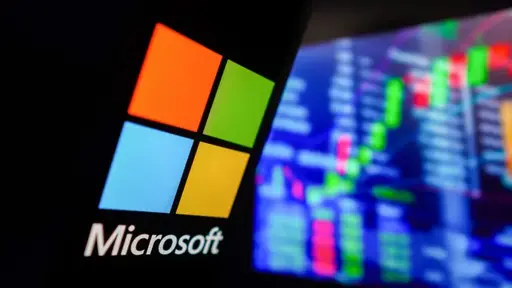OpenAI’s ChatGPT Agent casually clicks through “I am not a robot” verification test
-
There was a really interesting video (can't remember the title) that went into Google's captcha specifically, and found that it really isn't designed to detect bots. It's designed to detect a unique digital fingerprint that can be used by advertisers.
So, you can use a really simple mouse script to click the checkbox automatically with no issue, but as soon as you use a VPN you get served with the photo games. It doesn't care if you're a robot, it cares if you're a valuable ad target.
-
i never know what's expected on those type of captcha. if the handle bars of a bike go into an adjacent box and are 99% covered by a hand does that count? what do you do when you have a blurry image full of jpg artifacts and are asked to identify if it contains a fire hydrant. I'm pretty sure it usually classifies me as a bot for being too exact since I'm asked follow ups for a few minutes until i give up and just close the tab out of annoyance.
My son was looking over my shoulder, or vice-versa, while I bitched about that. It was bikes or motorcycles and I'd always click if I thought there was any amount of it in a picture. He told me not to be so precise, as in, if there's a tiny bit of handlebar, didn't count it. That seems to work better... unless it doesn't like my VPN or whatever, in which case it's never ending
-
Am I? Or does it think I'm a bot?
I guess it's on brand for Google to try and squeeze more value out of a product by making it worse for users. Just like Prabhakar Raghavan ruined Google search.
They almost always know whether or not you're a bot before you get to any of those pictures. Making you deal with the pictures is how they "pay" for the capcha.
You'll notice most of the images are related to traffic. That's training data for their self driving cars.
-
Meanwhile google slapped me with nine captchas to fill out a form like wtf?
Also Anubis means I can't access websites that use it because I run noscript
and Nepenthes breaks my self-hosted search engineGuys, I think all those things to "verify if you're humans" are hmm.... doing something else ?
-
They almost always know whether or not you're a bot before you get to any of those pictures. Making you deal with the pictures is how they "pay" for the capcha.
You'll notice most of the images are related to traffic. That's training data for their self driving cars.
Fuck that I might as well answer them wrong then. Bullshit
-
This video is excellent
On another note
The internet is becoming a nightmare
I need to escape
ESCAPE AAAAAAAHHHHHHHH -
This video is excellent
On another note
The internet is becoming a nightmare
I need to escape
ESCAPE AAAAAAAHHHHHHHHGo outside?
-
Go outside?
And do what ? Walk down the road into darkness ? There is nothing. The only walkable land here is the side of the road, everywhere else is trespass. In all directions for at least 30 kilometers. Even the wild forests are owned, not that there is anything there to see or do.
We have to face it, the internet is where other people are.
Inside the prison. -
Go outside?
Knowing the geocaching community there will still somehow be geocaches in your area
-
Fuck that I might as well answer them wrong then. Bullshit
Unfortunately, they thought of that. Some of them are known answers that they use to be sure you're answering honestly. They'll fail you on those even though they know you're not a bot.




